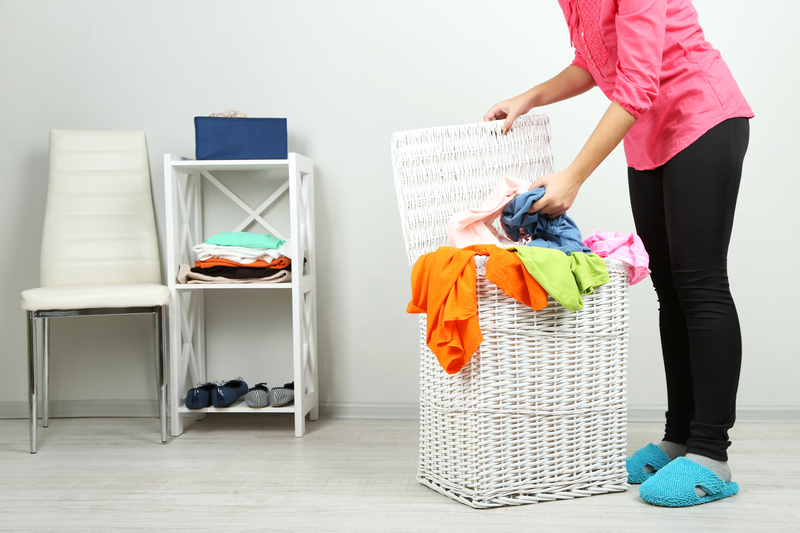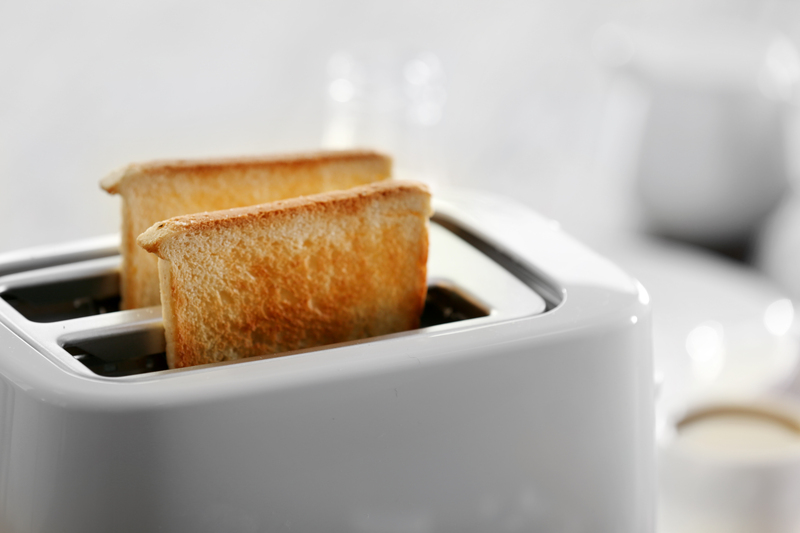Limescale Cleaning Tips
Posted on 13/10/2025
Keeping your home free from limescale can be a daunting task, especially in areas with hard water. Limescale is a chalky white residue that forms from calcium carbonate, commonly found in showers, faucets, and kitchen appliances. This article explores various limescale cleaning tips and tricks, ensuring efficient and effective cleaning methods to maintain a spotless home.
What is Limescale?
Limescale is a hard, chalky deposit often found in household water systems. It results from the build-up of calcium carbonate in hard water, which is high in dissolved minerals. When water evaporates, these minerals are left behind, forming unsightly limescale deposits.

Effective Limescale Cleaning Methods
1. Natural Cleaning Solutions
Natural ingredients like vinegar and lemon juice are powerful agents against limescale. These acidic substances can dissolve mineral deposits with minimal environmental impact.
Using Vinegar
- Mix equal parts of white vinegar and water in a spray bottle.
- Spray the affected areas and let it sit for 20-30 minutes.
- Scrub with a sponge or brush and rinse thoroughly with water.
Using Lemon Juice
- Cut a lemon in half and rub it over the limescale deposits.
- Allow the juice to sit for 30 minutes before scrubbing and rinsing.
2. Chemical Cleaners
For stubborn limescale, chemical cleaners can be more effective. These are specifically formulated to break down tough deposits but should be used with caution and as per the manufacturer's instructions.
Descaling Products
- Purchase a descaling product suitable for your specific appliance.
- Follow the instructions precisely to avoid damaging the appliance.
- Rinse thoroughly to remove any residual chemicals.
3. Mechanical Methods
In cases where natural or chemical cleaners aren't sufficient, mechanical tools like brushes and scrapers can come in handy.
Using a Scraper
- Select a plastic or metal scraper based on the surface being cleaned.
- Gently scrape away the limescale, taking care not to scratch the surface.
- Follow up with a thorough rinse.
Tips to Prevent Limescale Build-Up
Preventive measures can save you a lot of time and effort in dealing with limescale. Here are some practical tips to keep limescale at bay:
- Regularly wipe down wet surfaces like shower doors and taps.
- Install a water softener to reduce the mineral content in your water supply.
- Run vinegar through appliances like kettles and coffee makers every few months.
- Use a squeegee to remove water from glass surfaces after each use.
Pros and Cons of Limescale Cleaning Methods
Pros:
- Natural solutions are environmentally friendly and safe.
- Chemical cleaners can tackle stubborn deposits effectively.
- Mechanical methods offer a last-resort option for tough spots.
Cons:
- Natural solutions may require more time and effort.
- Chemical cleaners can be harsh and potentially harmful if not used correctly.
- Mechanical methods can damage delicate surfaces if not used carefully.

Takeaways
Understanding how to clean and prevent limescale build-up can save you significant time and effort. Combining natural solutions, chemical cleaners, and mechanical methods provides a comprehensive approach to limescale management. Preventive measures, like wiping down surfaces and using water softeners, can reduce the frequency and severity of limescale deposits.
Conclusion
Limescale cleaning doesn't have to be a challenging task. By employing the right techniques and preventive measures, you can keep your home sparkling clean with minimal effort. Whether you choose natural solutions, chemical cleaners, or mechanical methods, understanding the pros and cons of each will help you select the best approach for your needs.





